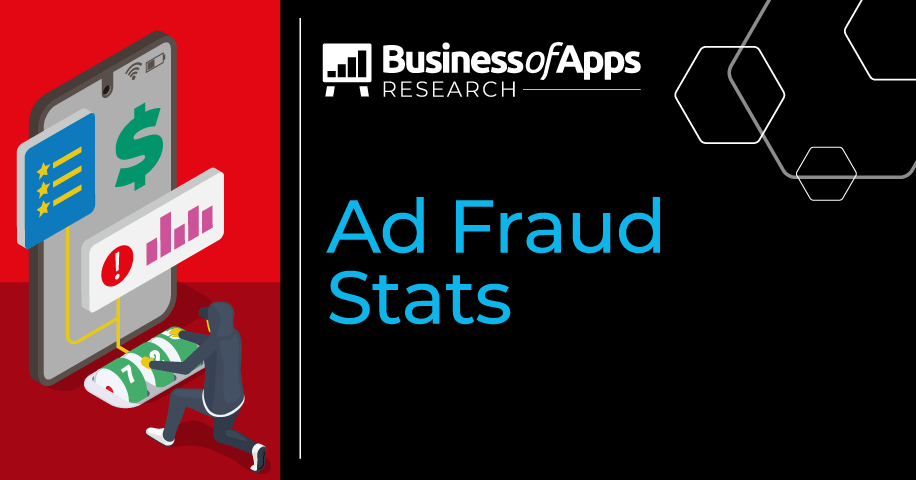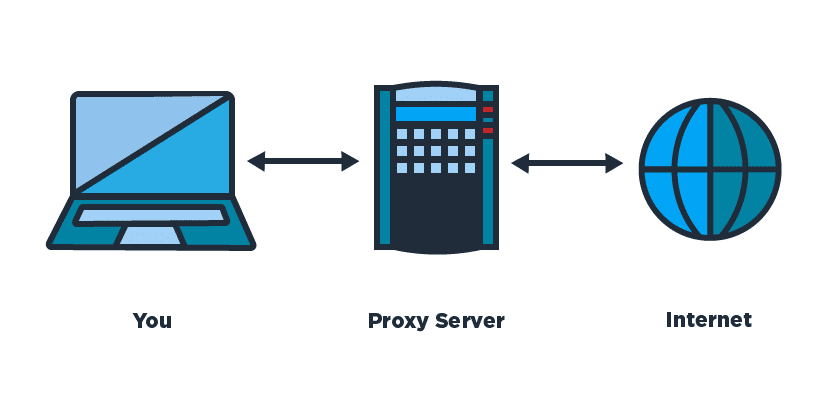In the realm of fire safety, the evolution of technology has propelled fire alarm systems beyond the traditional bells and whistles. Modern advancements in science and engineering have ushered in a new era of sophisticated fire detection and alert systems, seamlessly blending innovation and safety to protect lives and property. One of the fundamental shifts in fire alarm systems lies in the adoption of cutting-edge sensor technologies. Traditional systems heavily relied on smoke detectors, but today’s advanced systems integrate a variety of sensors, including heat, gas, and flame detectors. These sensors operate cohesively, enabling a more comprehensive and accurate detection of potential fire hazards. By analyzing multiple parameters simultaneously, these systems can discern between false alarms and actual emergencies, reducing the risk of unnecessary evacuations and associated disruptions. Machine learning and artificial intelligence have also made a significant impact on the science of fire alarm systems. These technologies empower the system to learn and adapt, constantly improving its ability to identify emerging threats.

This not only reduces response times but also minimizes the likelihood of false alarms, increasing the overall reliability of the fire alarm system. Integration with building automation systems is another hallmark of advanced fire alarm systems. By connecting with other building components such as HVAC, lighting, and access control systems, these alarms can orchestrate a synchronized response in the event of a fire. For instance, the system can automatically shut down ventilation systems to prevent smoke spread or unlock doors for quicker evacuation routes. This interconnectedness enhances the overall efficiency of emergency responses, creating a safer environment for occupants. Wireless technology has revolutionized the way fire alarm systems are installed and maintained. Traditional hardwired systems were complex and time-consuming to set up, often requiring extensive rewiring in existing structures. Wireless systems, on the other hand, offer flexibility and scalability, allowing for easier installation and expansion. Additionally, wireless connectivity enables real-time monitoring and remote access, allowing facility managers and emergency responders to receive instant updates and take swift actions.
Advancements in notification methods have also transformed the way fire alarms communicate with occupants. Beyond the conventional sirens and strobe lights, modern systems utilize voice alerts, text messages, and even visual displays to convey information. This diversified approach ensures that occupants receive clear and actionable information, aiding in a more organized and efficient evacuation process. Furthermore, the incorporation of smart devices and mobile applications has extended the reach of fire alarm systems. This added layer of connectivity ensures that individuals are informed and empowered to make informed decisions, contributing to an overall safer environment. The science of advanced fire alarm systems goes beyond the traditional bells and whistles, delving into a realm of sophisticated technologies and integrated solutions. By leveraging sensor advancements, artificial intelligence, building automation, wireless connectivity, and innovative notification methods, these systems have become robust, adaptable, and efficient in safeguarding lives and property. As technology continues to progress, the future promises even more groundbreaking developments, further enhancing the capabilities of stss fire alarm systems and elevating standards for safety in the built environments.

